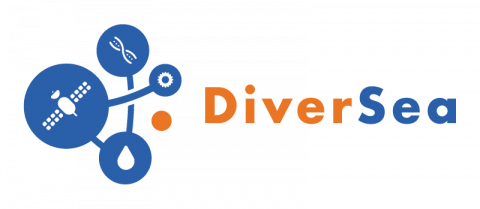Integrated Observation, Mapping, Monitoring and Prediction for Functional Biodiversity of Coastal Seas
Forty percent of the global population dwell within 100 km of the coastline. In the EU nearly half of the population live less than 50 km from the sea – these populations are continuously growing, but the ecosystems supporting them are not. In fact, coastal and marine ecosystems have experienced a barrage of negative impacts, precipitating catastrophic declines in marine species abundance and diversity, and degradation of the habitats supporting them.
In addition to current goods and services coastal habitats provide, they will play key future roles for food and water security, clean energy production and climate change mitigation, including blue carbon balance. This conflict between increasing anthropogenic pressures, but concurrent societal dependence, has shifted our collective focus from one centered on use and economic exploitation to a viewpoint recognizing the critical link between societal wellbeing and sustainable ocean conservation and management.
The Project
Through seven work packages, our seventeen partner institutions will synthesize multiple streams of research into a workflow that develops and refines new DNA-based monitoring technologies, integrates diverse types of data from emerging sources, and visualizes and communicates the data in a cutting-edge dashboard to facilitate its integration into policy and planning. Along the way, the project will open itself up for authentic engagement with the broader public through stakeholder communication and citizen science.
The LSTS (UPorto) plays a pivotal role as the leader of Work Package 1. This responsibility involves integrating novel field technologies and applying them to case studies along Portugal's Atlantic coast. UPorto will deploy a proof-of-concept framework combining software, hardware, and innovative guidelines.


